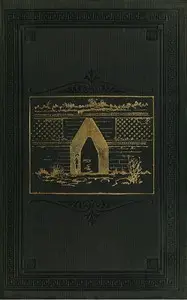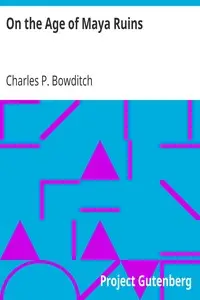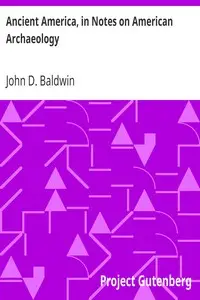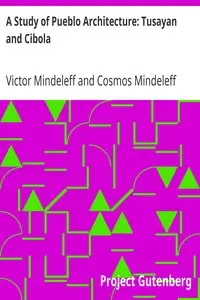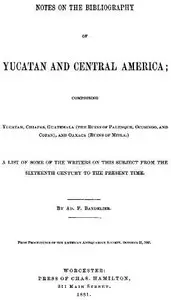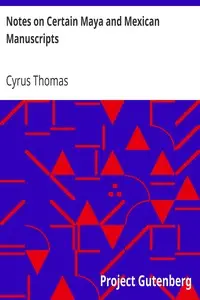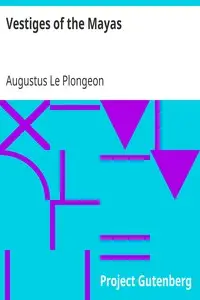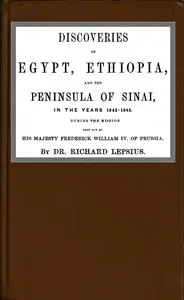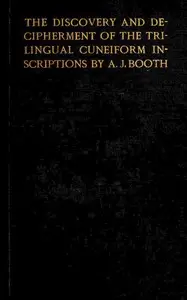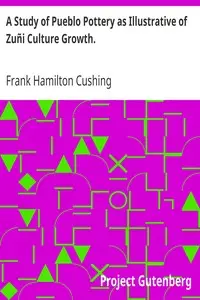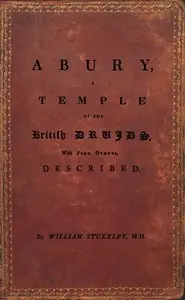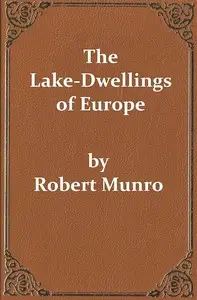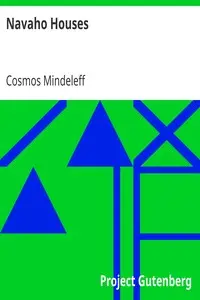"A note on the position and extent of the great temple enclosure of Tenochtitlan, and the position, structure and orientation of the Teocalli of Huitzilopochtli" by Alfred Percival Maudslay is a historical study exploring the religious center of the Mexica civilization. The record works diligently to recreate the designs of the Great Temple Enclosure based on previous research and documents. The temple was used for religious ceremonies, sacrifices and community gatherings. The writing provides different ideas on what the temple's design meant, including its measurements and the amount of staircases that led to the altars made for the gods Huitzilopochtli and Tlaloc. Maudslay hopes to give a better idea of this big place and why it mattered to the old city by closely studying old descriptions and things found during excavation.
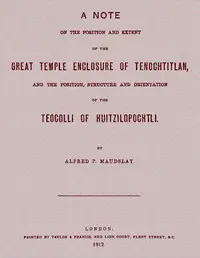
A note on the position and extent of the great temple enclosure of Tenochtitlan, and the position, structure and orientation of the Teocolli of Huitzilopochtli.
By Alfred Percival Maudslay
Go back in time to when the Great Temple Enclosure was a religious, historic, and societal center of the Aztec world.
Genres
Released
2022-07-11
Formats
mobi
mobi (images)
epub
epub3 (images)
epub (images)
txt
Free Download
Summary
About the AuthorAlfred Percival Maudslay was a British colonial administrator and archaeologist. He pioneered the careful archaeological study of the Maya ruins and the results of his field work were presented in Biologia Centrali-Americana: Archaeology (1889–1902). The massive five volume set continues to serve as an important work of reference for the study of Maya culture. In 1908, he made a complete translation, with annotations, of Bernal Díaz del Castillo's Historia. His translation remains the standard English edition.
Alfred Percival Maudslay was a British colonial administrator and archaeologist. He pioneered the careful archaeological study of the Maya ruins and the results of his field work were presented in Biologia Centrali-Americana: Archaeology (1889–1902). The massive five volume set continues to serve as an important work of reference for the study of Maya culture. In 1908, he made a complete translation, with annotations, of Bernal Díaz del Castillo's Historia. His translation remains the standard English edition.
Total Reviews
10.0k
Total reviews from Goodreads may change

